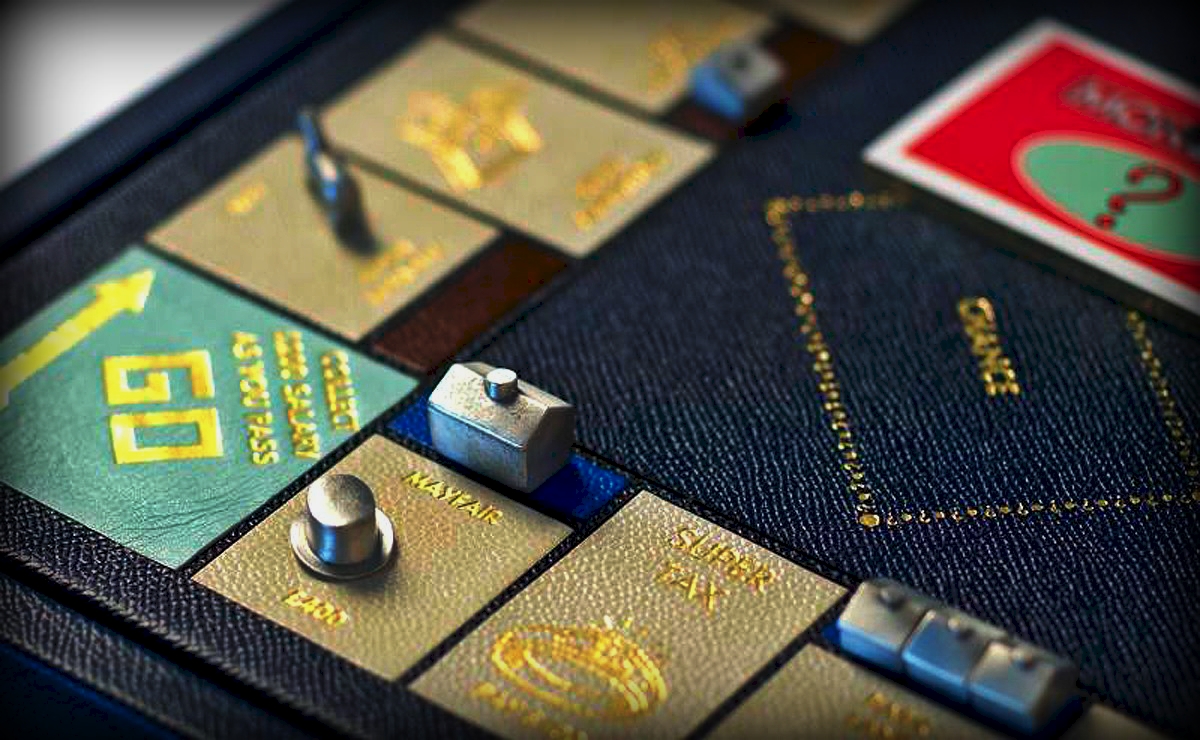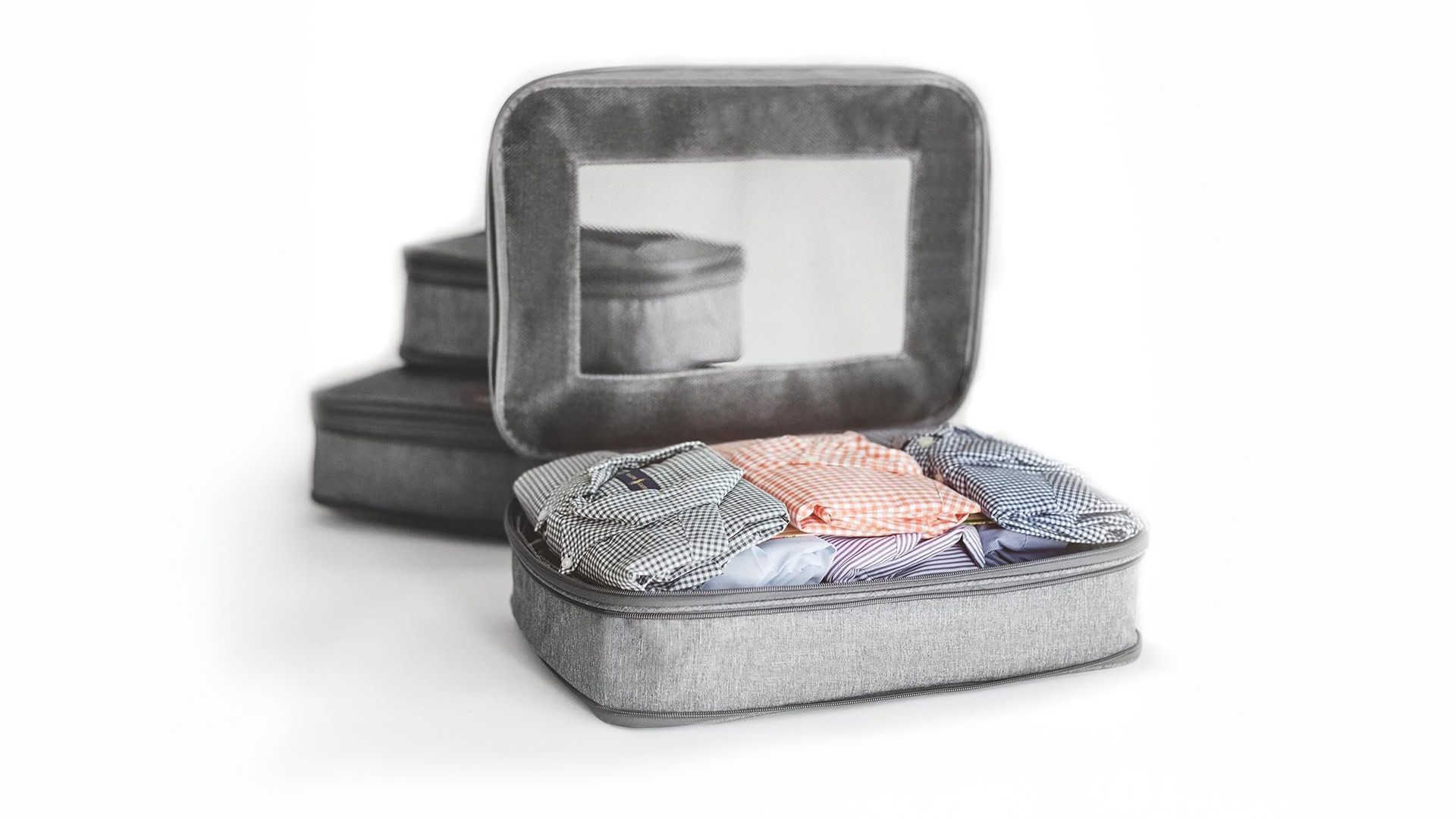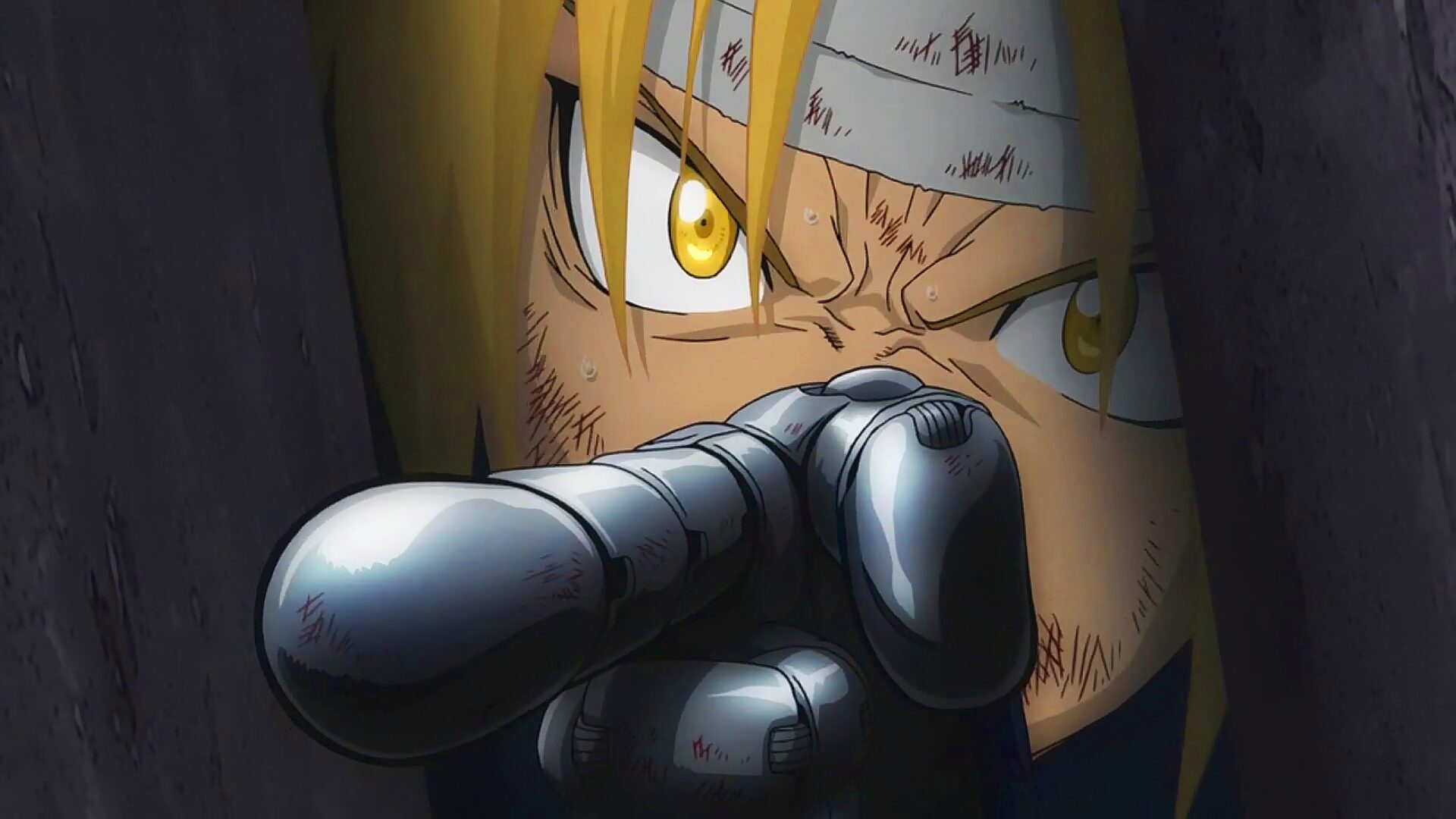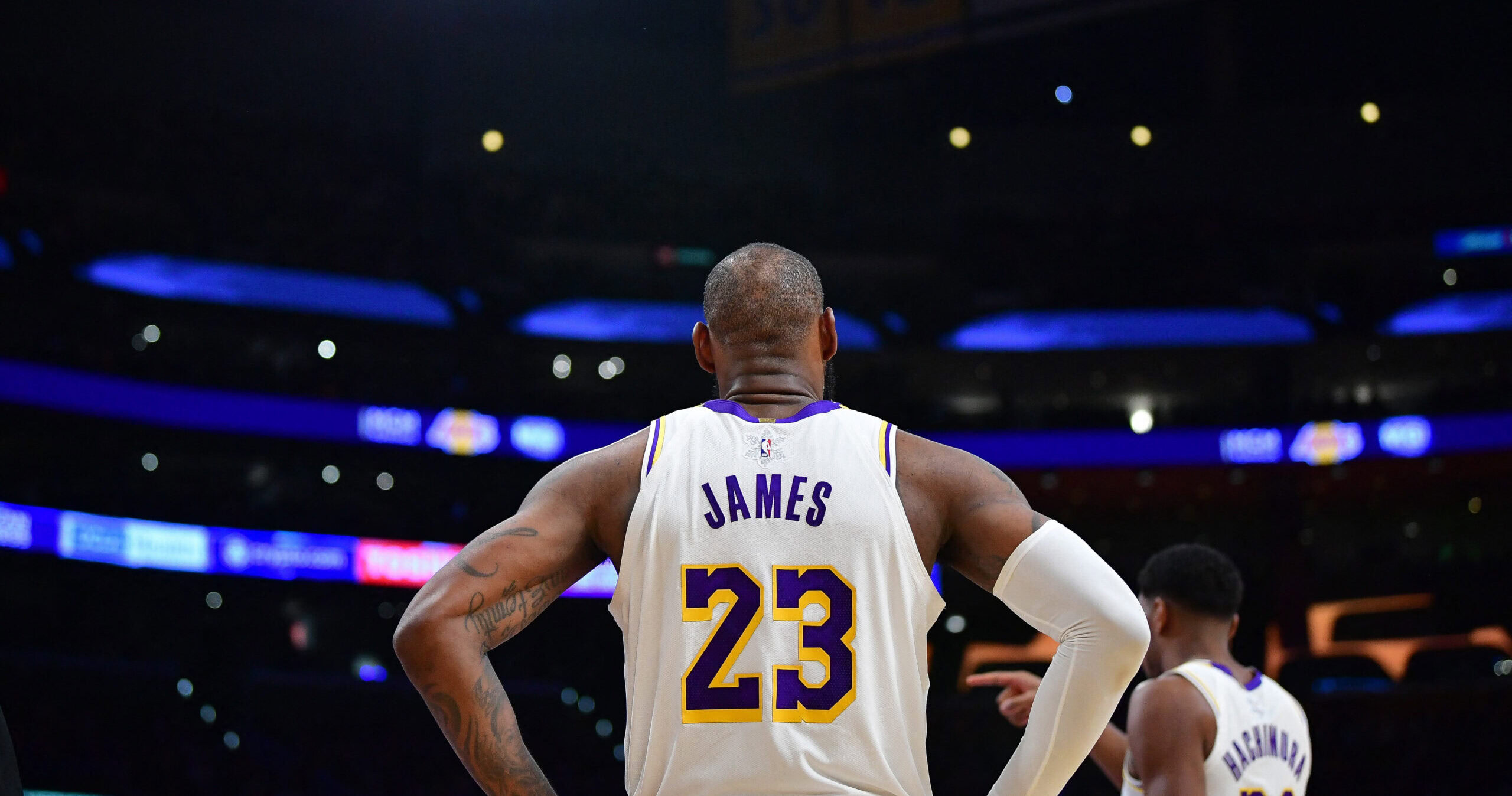Battleship
The naval warfare-type guessing game was devised in the early 1900s by Clifford Von Wickler. Called Salvo in 1931, the game originally was played with paper and pencils. Milton Bradley Co. released the game as Broadsides: The Game of Naval Strategy in 1943 and as Battleship in 1967, when plastic grid boards, ships and pegs were introduced so players could easily record hits and misses. During the game, two players secretly arrange a fleet of 10 ships—aircraft carriers, battleships, cruisers, submarines and destroyers—on the lettered and numbered grids. Players take turns targeting their opponent’s fleet by guessing coordinates where the hidden ships are positioned. The battle ends when one player’s entire fleet is sunk.
Candy Land
Eleanor Abbott created the “sweet, little game” in the 1940s while recovering from polio in a San Diego hospital. The color-matching game, she surmised, would allow young children with the disease to entertain themselves. More than 40 million Candy Lands have been sold since Milton Bradley Co. introduced the game in 1949. The original sold for $1.
Checkers
The oldest board games in the world, checkers and its more sophisticated cousin, chess, originated in the Middle East during ancient times. Checkers, called draughts in England, involves two players, each with 12 pieces or checkers, who jump over their opponent’s pieces and remove them from a square “checked” board. Alex Moiseyev, 50, of Dublin, Ohio, has reigned as world checker champion since 2002 and is among the all-time greatest players of the game, according to the American Checker Federation.
Clue
Originally called Cleudo, the murder-mystery board game was created by Englishman Anthony E. Pratt in the 1940s. The object is for players to collect clues and to deduce which of six characters—Col. Mustard, Miss Scarlett, Mrs. Peacock, Mrs. White, Professor Plum or the Rev. Green—murdered Dr. Black with what weapon—candlestick, lead pipe, knife, revolver, rope or wrench—and in what room of his country mansion—ballroom, billiard room, conservatory, dining room, hall, kitchen, library, lounge or study. The first player to correctly identify the murderer, type of weapon and site of the crime wins the game.
Monopoly
The best-selling board game in history began in 1904 as The Landlord’s Game. Elizabeth Magie, of Brentwood, Md., created the real estate game to illustrate the social injustices of slumlords and corporate monopolies. However, the game that allows players to get “rich” by buying properties with phony money didn’t gain widespread popularity until the Great Depression. In the 1930s, Charles Darrow, an unemployed salesman in Germantown, Pa., modified Magie’s game, renamed it Monopoly and sold 5,000 copies to a Philadelphia department store. Since Parker Brothers bought the rights in 1935, more than 200 million sets have been sold in 103 countries and 37 languages.
Operation
In 1962, John Spinello, an industrial design student at the University of Illinois, built an electric toy that allowed players to probe holes in a metal box with a metal rod. If a player touched the side of a hole, a loud bell sounded. The toy evolved into the 1965 game of Operation, in which surgeon wannabes test their steadiness by plucking 12 body parts and ailments—Adam’s Apple, Broken Heart, Charley Horse, Funny Bone, Spare Ribs, Writer’s Cramp, etc.—from a prone patient, Cavity Sam, with a set of tweezers. Players without a steady hand trigger a buzzer and light a bulb beneath Sam’s red nose.
Risk
Created by French filmmaker Albert Lamorissee in 1957, the war strategy game originally was released as La Conquete du Monde, or Conquest of the World. In 1959, Parker Brothers published Risk, an English language version. During the game, up to six players amass armies on a political map of the world and attempt to capture territories and continents from other players by rolling dice. The game ends when one player eliminates his adversaries and rules the world.
Scrabble
Alfred Mosher Butts, an unemployed architect from Poughkeepsie, N.Y., invented the word game during the Great Depression when he combined the element of chance with the vocabulary skills required for crossword puzzles. During the game, each player draws seven lettered tiles from a pool of 100 and scores points by forming words on a puzzle grid. More than 100 million sets have been sold since Scrabble was introduced in 1949, and more than 200 tournaments are sanctioned each year by the North American Scrabble Players Association.
The Game of Life
The Game of Life began in 1860 as The Checkered Game of Life. Developed by board game pioneer Milton Bradley, the game originally was played on a modified checkerboard and conveyed a moral message as players advanced through virtues and vices—ambition, crime, bravery, gambling, honor, idleness, matrimony, prison, poverty and wealth—encountered from infancy to “happy old age.” In 1959, game inventor Reuben Klamer redesigned The Checkered Game of Life for the 100th anniversary of the Milton Bradley Co. The result was The Game of Life, which celebrated its 50th anniversary this year.
Trivial Pursuit
Canadian journalists Scott Abbott and Chris Haney conceived the popular board game in 1979 after discovering pieces missing from the Scrabble game they were playing. In the original “Genus” edition of Trivial Pursuit, players advance on a wheel-shaped course by correctly answering randomly selected questions in six categories: arts and literature, entertainment, history, geography, science and nature, and sports and leisure. Trivial Pursuit spawned numerous other trivia games and dozens of editions, including the 25th anniversary edition in 2008. More than 90 million copies have been sold in 17 languages and in 26 countries.
*****
Think these games are awesome? Check out this great post on great board games for kids.






Leave a Reply